The tradition of hiding silver coins in Christmas puddings is a curious and delightful custom that dates back centuries. Originating in medieval England, this practice was believed to bring good luck and prosperity to the person who found the coin in their serving. Over time, the ritual evolved, incorporating various symbolic tokens, but the silver coin remained the most cherished. Families would gather around the table, eagerly anticipating who would be the lucky recipient of the hidden treasure. The clink of metal against porcelain often sparked cheers and laughter, making it a highlight of the festive meal.
The symbolism behind the Christmas pudding silver coin runs deep. In many cultures, silver has long been associated with purity, wealth, and protection. The act of embedding a coin in a rich, spiced dessert was thought to amplify these blessings. Some historians suggest that the tradition may have roots in pagan winter solstice celebrations, where offerings were made to ensure a bountiful year ahead. By the Victorian era, the custom had become firmly entrenched in British Christmas festivities, with even the royal family partaking in the ritual. Queen Victoria herself was said to have enjoyed the thrill of discovering a silver sixpence in her pudding.
Preparing a Christmas pudding with a silver coin requires careful consideration. The coin must be thoroughly cleaned and sterilized before being tucked into the mixture. Traditionally, a silver sixpence was used, but in modern times, any small silver coin will suffice. Some families opt for specially minted tokens or even chocolate coins wrapped in foil for younger children. The pudding itself is a dense, fruity concoction, often made weeks in advance to allow the flavors to mature. Stirring the mixture is another ritual, with each family member taking a turn and making a wish for the coming year.
The moment of revelation is what makes this tradition so special. As the pudding is served, everyone watches closely, waiting to see who will bite into the hidden prize. The lucky finder is said to enjoy good fortune for the entire year, a belief that adds an extra layer of excitement to the meal. In some households, the coin is kept as a keepsake or even turned into a piece of jewelry, serving as a tangible reminder of the joy and togetherness of the holiday season. The practice has also inspired variations around the world, with some cultures hiding coins in cakes or breads served during other celebrations.
Despite its enduring popularity, the Christmas pudding silver coin tradition has faced challenges over the years. The decline in home-made puddings and concerns about hygiene have led some to abandon the practice. However, many families continue to embrace it, adapting it to suit modern sensibilities. Food-safe tokens or coins sealed in plastic are now available, ensuring the tradition can be enjoyed without risk. For those who cherish the custom, it remains a magical way to connect with the past and create lasting memories with loved ones.
The cultural significance of this tradition extends beyond mere superstition. It speaks to the human desire for hope and connection, especially during the darkest days of winter. The shared experience of anticipation and surprise fosters a sense of community and continuity. In an age where holidays can often feel commercialized, the simplicity of a hidden coin in a pudding brings back a sense of wonder and authenticity. Whether viewed as a quaint relic or a living tradition, the Christmas pudding silver coin continues to captivate hearts and imaginations across generations.

By Laura Wilson/May 10, 2025
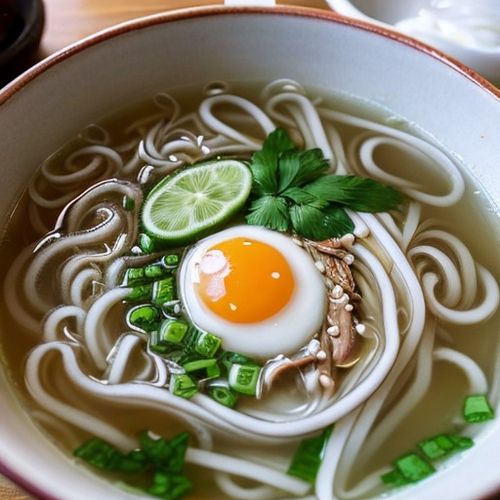
By Christopher Harris/May 10, 2025

By Samuel Cooper/May 10, 2025

By Megan Clark/May 10, 2025
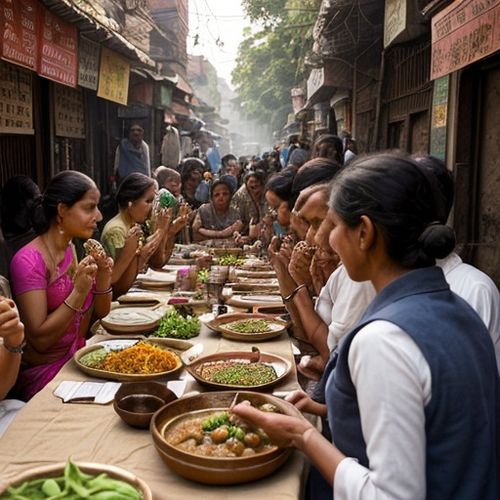
By Olivia Reed/May 10, 2025
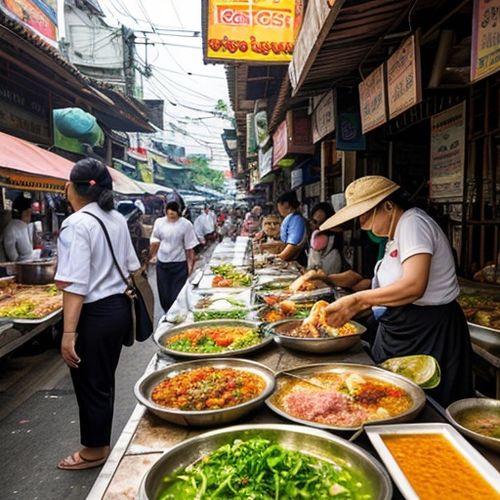
By Natalie Campbell/May 10, 2025
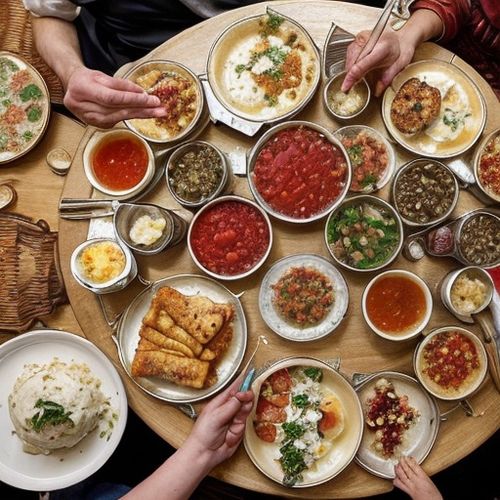
By Sophia Lewis/May 10, 2025
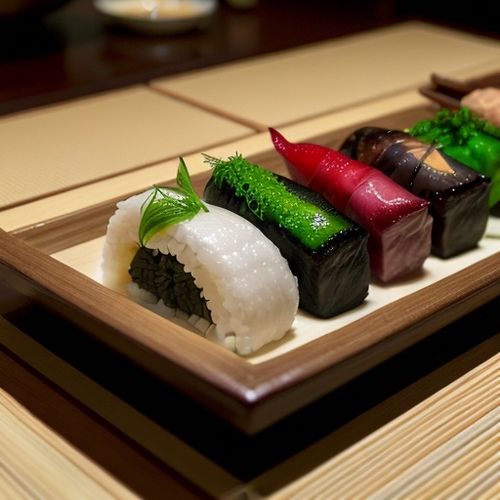
By George Bailey/May 10, 2025
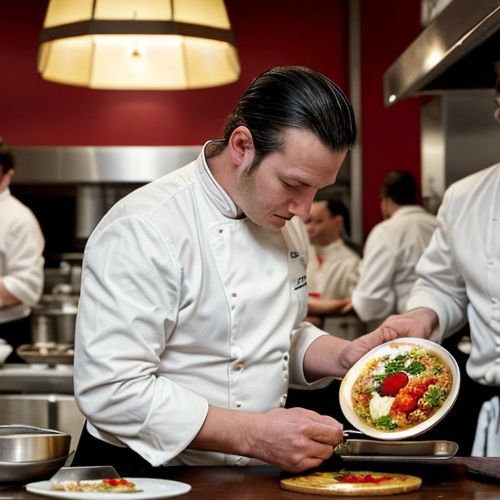
By Eric Ward/May 10, 2025
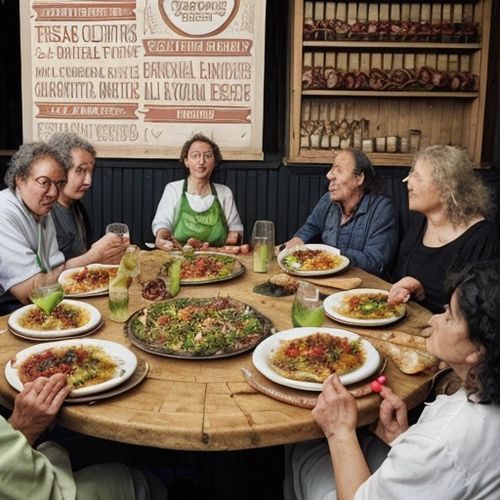
By Daniel Scott/May 10, 2025

By George Bailey/May 10, 2025

By Elizabeth Taylor/May 10, 2025
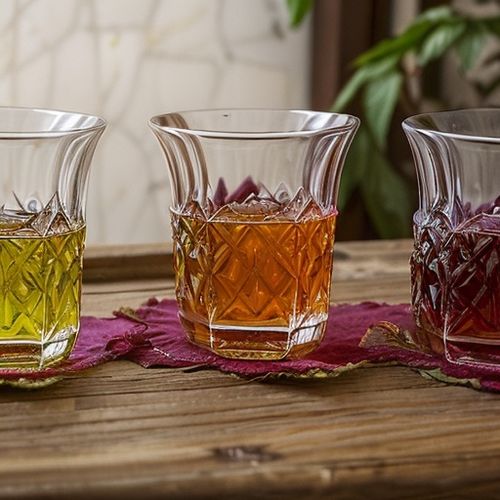
By Natalie Campbell/May 10, 2025

By Emily Johnson/May 10, 2025

By Elizabeth Taylor/May 10, 2025

By Thomas Roberts/May 10, 2025
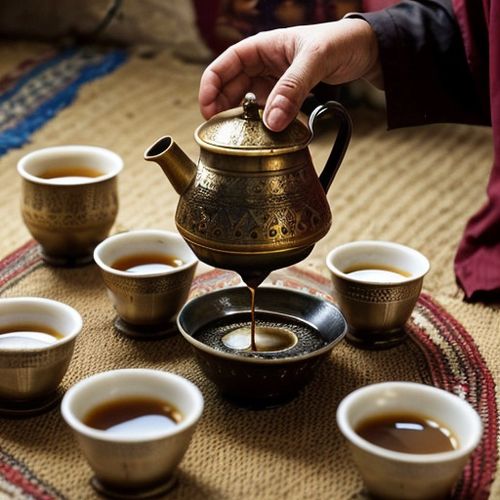
By Christopher Harris/May 10, 2025
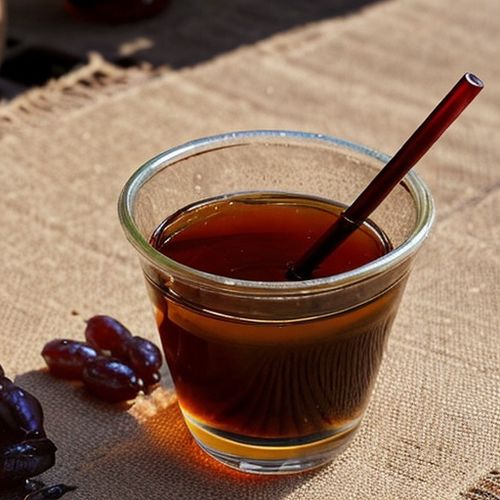
By Megan Clark/May 10, 2025
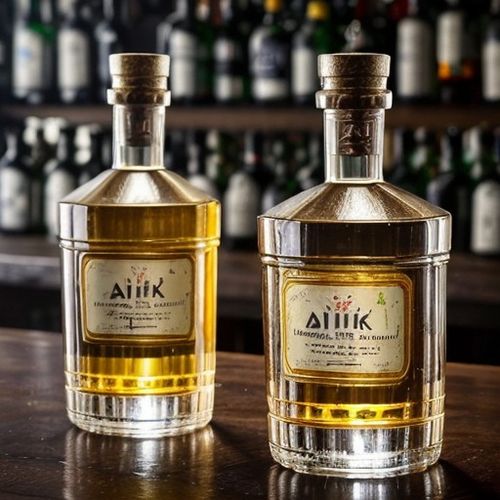
By Samuel Cooper/May 10, 2025
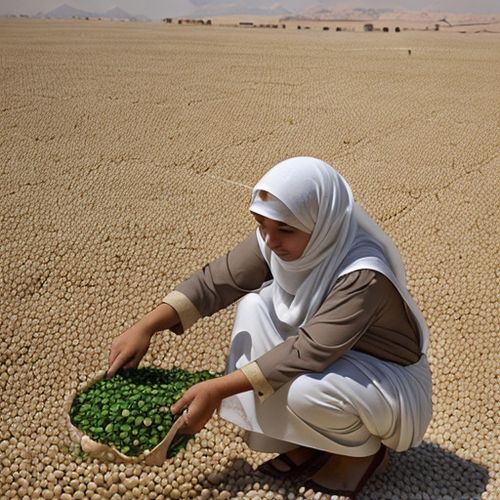
By James Moore/May 10, 2025